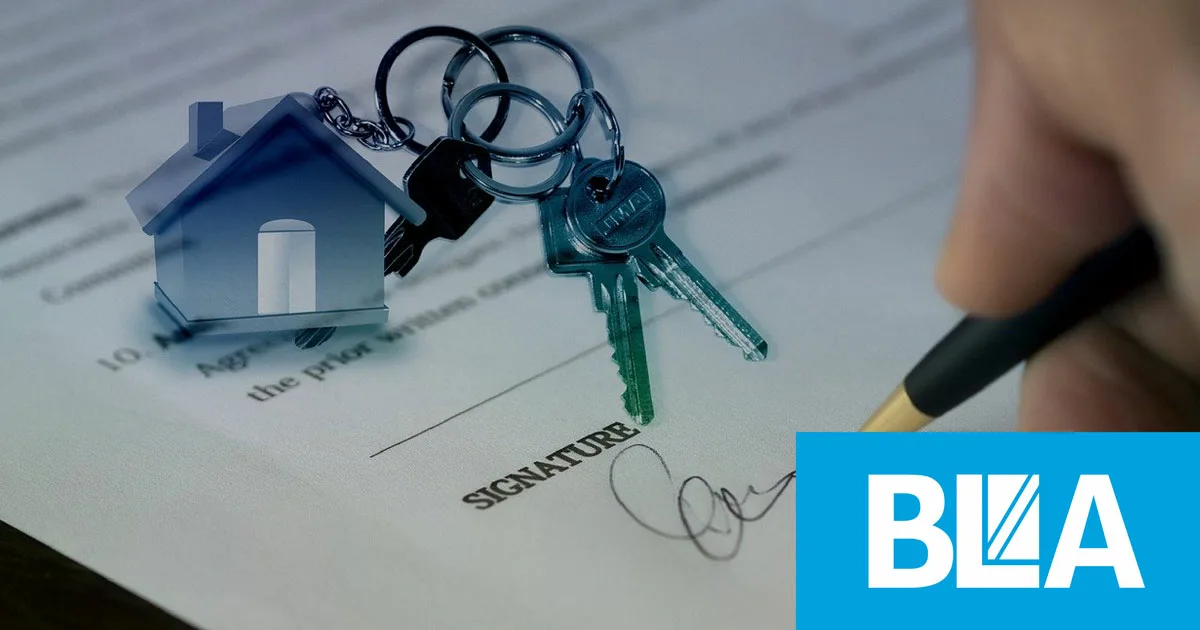What Are Commercial Property Dilapidations?
Commercial property dilapidations refer to the legal obligations placed upon tenants to maintain leased properties in a certain condition throughout the lease term and to return them to the landlord in a specified state of repair at the end of the lease.
These obligations typically include repairing damage, ensuring the property is in good condition, and meeting any other requirements outlined in the lease agreement.
Importance of Addressing Dilapidations
Addressing dilapidations is crucial for landlords and tenants to ensure a smooth leasing process and avoid potential disputes.
For landlords, addressing dilapidations ensures that their properties are well-maintained and retain their value.
For tenants, fulfilling their dilapidation obligations can prevent costly legal battles and preserve their reputation within the commercial real estate market.
Types of Dilapidations
- External Dilapidations
External dilapidations refer to any damage or disrepair to the property’s exterior, including the roof, walls, windows, and landscaping. Common examples include cracked walls, broken windows, and damaged roofing materials.
- Internal Dilapidations
Internal dilapidations pertain to the condition of the property’s interior, such as the walls, floors, ceilings, fixtures, and fittings.
Examples include damaged flooring, broken plumbing fixtures, and deteriorating paintwork.
Understanding Dilapidations Assessments
Dilapidations assessments are conducted to determine the extent of the required repairs and the associated costs. These assessments are typically carried out by surveyors who inspect the property and provide a detailed report outlining the necessary remedial works.
Negotiating Dilapidations Claims
Negotiating dilapidation claims involves communication between the landlord and tenant to reach a mutually acceptable resolution.
This process may include discussions on the scope of works, the cost of repairs, and any potential financial settlements.
Legal Implications of Dilapidations
Failure to address dilapidations can have legal consequences for both landlords and tenants. Landlords may pursue legal action to recover the costs of repairs, while tenants may face financial penalties or damage to their reputation within the industry.
Conclusion
In conclusion, understanding commercial property dilapidations is essential for landlords and tenants to ensure a harmonious leasing experience.
By addressing dilapidations promptly and effectively, parties can avoid disputes, maintain the value of their properties, and uphold their contractual obligations.
Strategies for Dealing with Commercial Property Dilapidations
Conduct Regular Inspections
Regular inspections of the property throughout the lease term can help identify any issues early on, allowing for prompt repairs and minimising the potential for dilapidation claims at the end of the lease.
Maintain Open Communication
Maintaining open communication between landlords and tenants is essential for effectively addressing dilapidations. Both parties should proactively discuss any maintenance issues and reach agreements on necessary repairs.
Keep Detailed Records
Keeping detailed records of property inspections, maintenance activities, and communications between landlords and tenants can help clarify responsibilities and avoid disputes regarding dilapidation obligations.
Plan for Dilapidations at Lease Negotiation
When negotiating a lease agreement, landlords and tenants should discuss and agree upon dilapidation provisions, including the scope of works, repair standards, and procedures for resolving disputes.
Seek Professional Advice
Seeking advice from legal experts and surveyors specialising in dilapidations can provide valuable guidance on navigating the complexities of dilapidations claims and ensuring compliance with legal obligations.
Consider Dilapidations Insurance
Dilapidation insurance policies can provide financial protection for landlords and tenants against potential dilapidation claims, offering peace of mind and mitigating the risk of costly disputes.
This comprehensive approach to dealing with commercial property dilapidations can help landlords and tenants navigate the complexities of lease agreements and maintain positive relationships throughout the leasing process.
Frequently Asked Questions: Dealing with Property Dilapidations
What are commercial property dilapidations?
Commercial property dilapidations refer to the legal obligations placed upon tenants to maintain leased properties in a specified condition and to return them to the landlord in a predetermined repair state at the lease’s end.
How important is it to address dilapidations?
Addressing dilapidations is crucial for landlords and tenants to ensure a smooth leasing process and avoid potential disputes. For landlords, it helps maintain property value, while for tenants, it prevents costly legal battles and preserves their reputation.
What are the types of dilapidations?
There are two main types of dilapidations: external and internal. External dilapidations involve damage or disrepair to the property’s exterior, while internal dilapidations pertain to issues within the property’s interior.
How are dilapidation assessments conducted?
Dilapidations assessments are typically conducted by surveyors who inspect the property and provide a detailed report outlining the required repairs and associated costs.
How can landlords and tenants negotiate dilapidation claims?
Negotiating dilapidation claims involves communication between the parties to reach a mutually acceptable resolution. Discussions may cover the scope of works, repair costs, and potential financial settlements.
What are the legal implications of failing to address dilapidations?
Failing to address dilapidations can result in legal consequences for landlords and tenants. Landlords may pursue legal action to recover repair costs, while tenants may face financial penalties or damage to their reputation.
How can landlords and tenants effectively deal with dilapidations?
Strategies include:
- Conducting regular inspections.
- Maintaining open communication.
- Keeping detailed records.
- Planning for dilapidations during lease negotiations.
- Seeking professional advice.
- Considering dilapidations insurance.
Where can I seek professional advice on commercial property dilapidations?
Legal experts and surveyors specialising in dilapidations can provide valuable guidance on navigating dilapidated claims and ensuring compliance with legal obligations.
Is dilapidation insurance recommended for commercial property leases?
Dilapidations insurance policies can provide financial protection against potential claims, offering peace of mind and mitigating the risk of disputes for landlords and tenants.
Conclusion
By understanding the complexities of commercial property dilapidations and implementing effective strategies for dealing with them, landlords and tenants can ensure a harmonious leasing experience and maintain positive relationships throughout the lease term.
Useful Links & Resources for Dealing with Commercial Property Dilapidations
- RICS Dilapidations Scheme of Assessment: The Royal Institution of Chartered Surveyors (RICS) provides guidance and resources for surveyors and professionals involved in dilapidations assessments.
- Commercial Lease Dilapidations: A Guide for Tenants: This comprehensive guide by the British Institute of Facilities Management (BIFM) offers practical advice and insights for tenants navigating commercial lease dilapidations.
- Commercial Lease Dilapidations Protocol: The Ministry of Justice provides a protocol for resolving dilapidated disputes in England and Wales, offering a structured approach to negotiation and resolution.
- Legal Guidance on Dilapidations Claims: Law firms specialising in real estate law often publish articles and resources on dilapidation claims, offering insights into legal rights, obligations, and best practices for landlords and tenants.
- Dilapidations Insurance Providers: Insurance companies such as Hiscox and Aon offer dilapidations insurance policies tailored to the needs of landlords and tenants, providing financial protection against potential claims.
- Professional Surveyors and Consultants: Consulting firms specialising in property surveying and dilapidation assessments can offer valuable expertise and assistance in evaluating, negotiating, and resolving dilapidation claims.
These resources provide valuable information and support for landlords, tenants, surveyors, and legal professionals involved in commercial property dilapidations.
The graph below shows the process of dealing with dilapidation.
Conduct Regular Inspection
Identify Issues
Assess Extent of Dilapidations
Negotiate with Landlord/Tenant
Agree on Scope of Works
Complete Repairs
Document Repairs
Provide Evidence to Landlord/Tenant
Finalise Settlement
Closeout
The British Landlords Association is a national landlords association for UK landlords. It is one of the largest landlord associations in the UK. Join us now for £79.95!
Our top read blogs:
Investing in Commercial Property vs Residential Property: The Advantages and Disadvantages
Commercial Property Landlord Association-The Bla
Disclaimer:
This post is for general use only and is not intended to offer legal, tax, or investment advice; it may be out of date, incorrect, or maybe a guest post. You are required to seek legal advice from a solicitor before acting on anything written hereinabove.




